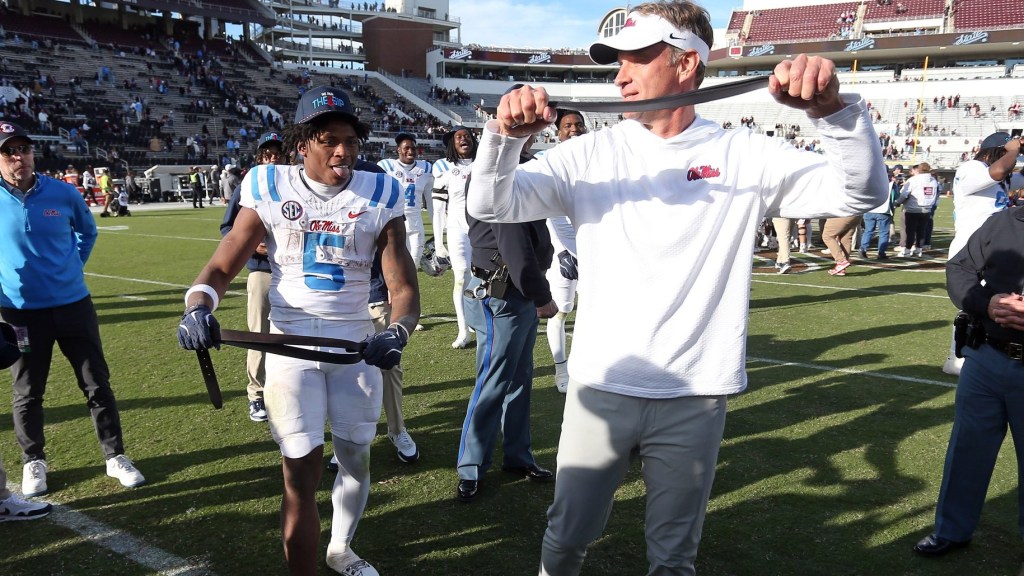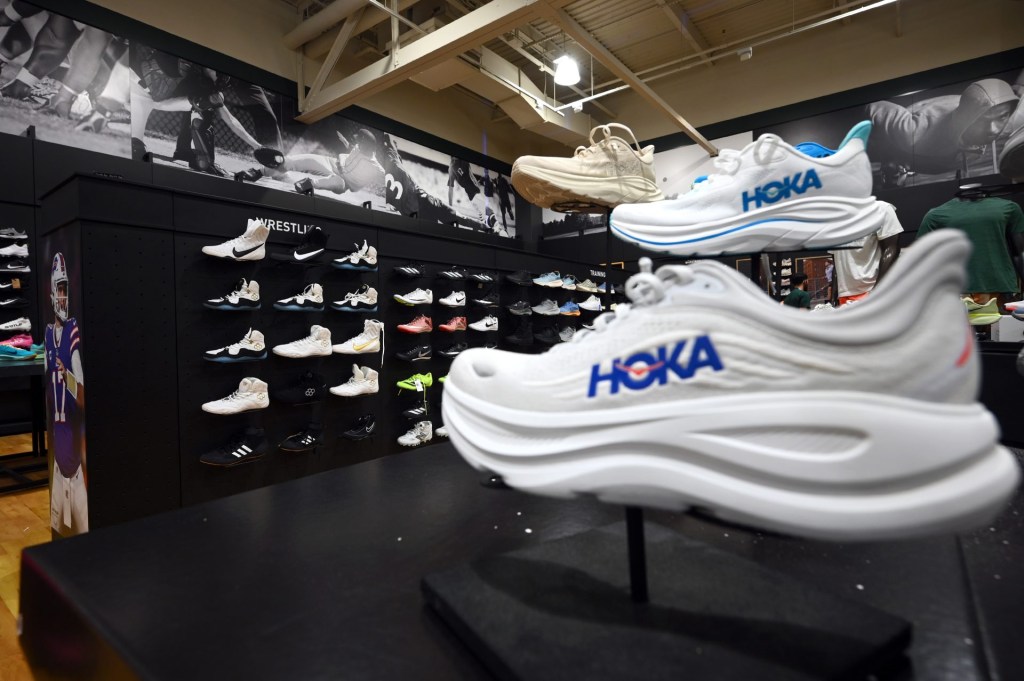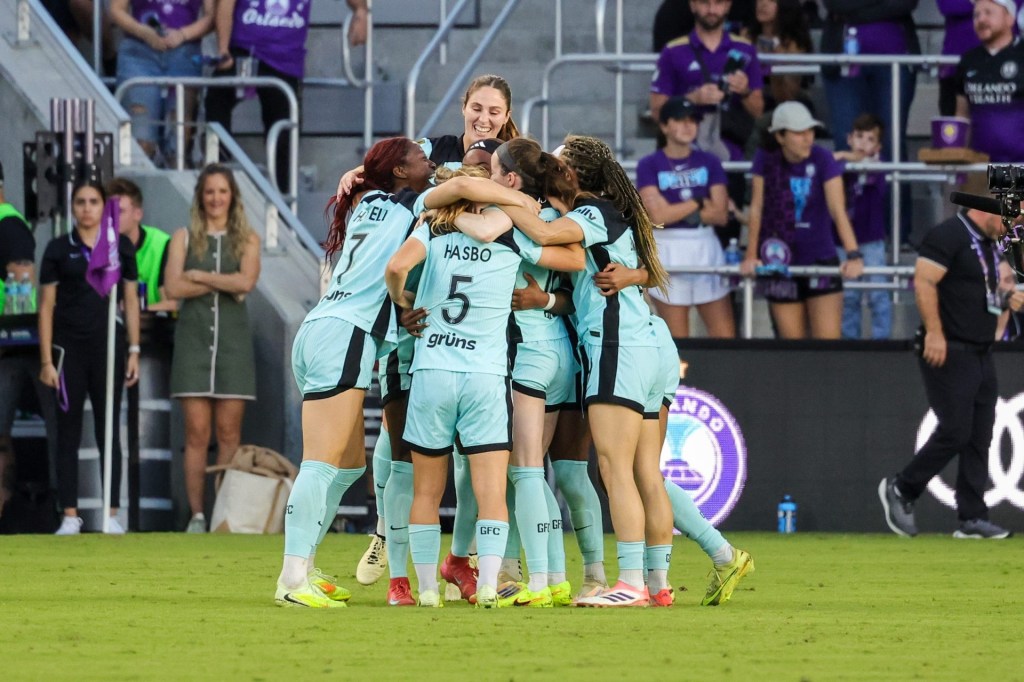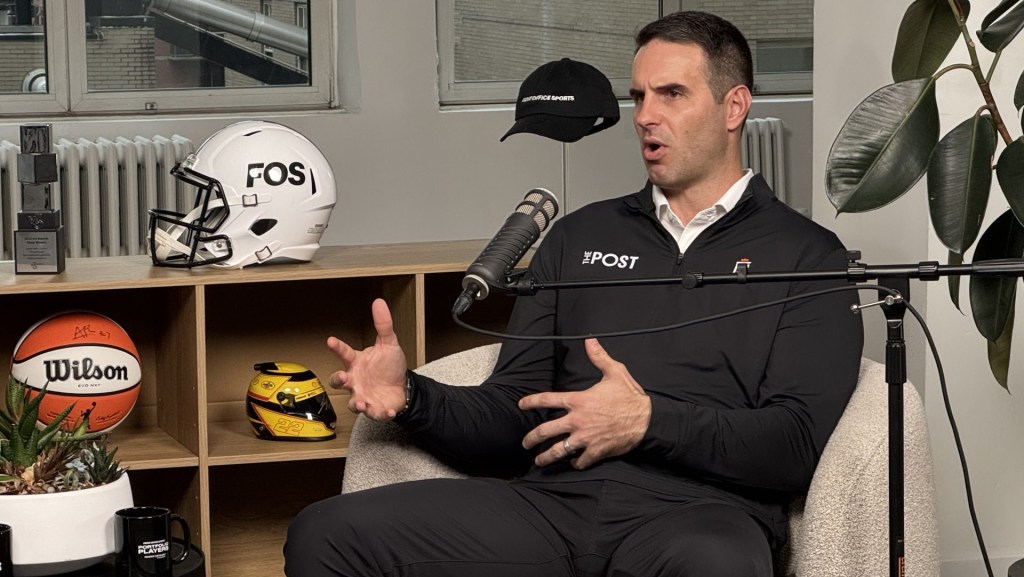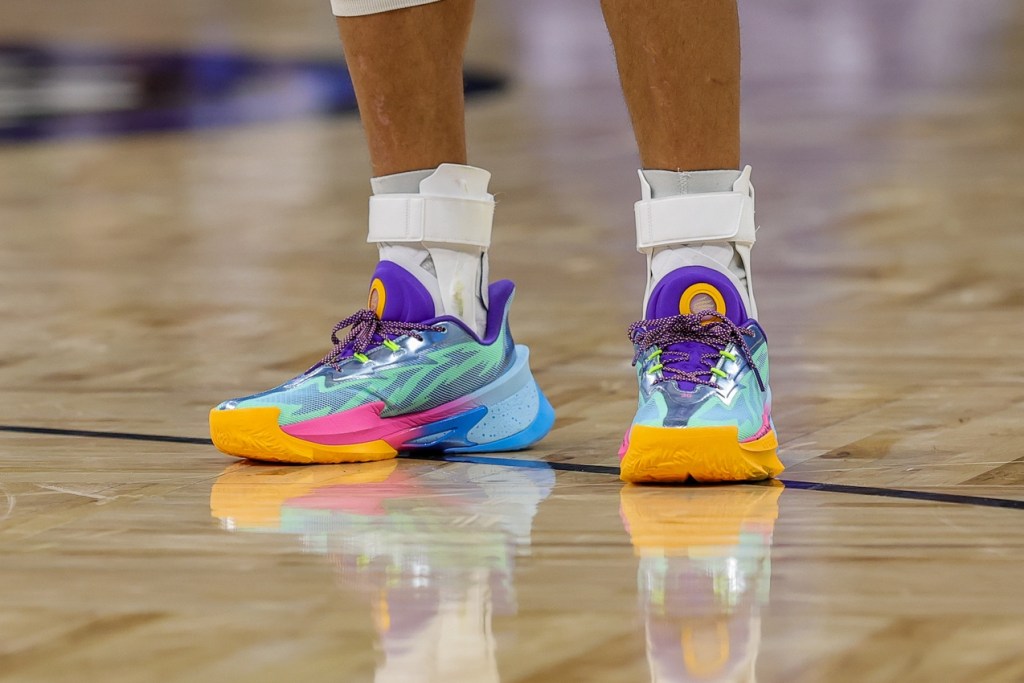LOS ANGELES — Major League Baseball could have two of its 30 clubs, by both design and tragic circumstance, playing in minor league stadiums in 2025. As a result, the MLB Players Association said it will be closely monitoring the impacts of those shifts on its membership and pushing to upgrade those facilities as much as possible.
Already, the A’s are set to begin a three-year interim stay at Sacramento’s Sutter Health Park, also the home facility of the Giants’ top minor-league affiliate. Recent outcry from players already helped scuttle a planned change in Sacramento from a grass field to an artificial turf surface. While deliberations continue about the various ballpark amenities in the California capital, MLB and the union are now also grappling with significant damage to the Rays’ Tropicana Field from Hurricane Milton.
“It would be ideal to have all 30 teams settled in major league ballparks yesterday,” said union executive director Tony Clark, speaking before Game 1 of the World Series at Dodger Stadium.
Beyond those core concerns, there is also an unfortunate irony that after the Rays and A’s both struggled for decades to resolve thorny stadium issues, serious facility concerns now surround both clubs again—even following agreements for new ballparks in Las Vegas and St. Petersburg, Fla.
“Suffice it to say that wherever the players are in 2025, we will have a seat at the table to ensure that those [major league] standards are upheld,” Clark said.
The Rays situation is clouded in significant uncertainty, as it is unknown when—or even if—the club will be able to get back into Tropicana Field. The only thing known at this point is that starting the 2025 season at the ballpark will not be possible, but the facility could be unplayable for a much longer period of time. MLB commissioner Rob Manfred has expressed a preference to have the Rays’ temporary stay in another facility remain in the Tampa area, if possible.
The shift of the A’s, meanwhile, is an optional one following an emotional farewell in Oakland after 57 seasons. But significant issues remain, including bringing other, non-field components at Sutter Health Park up to major league standards, and developing a plan to make sure the grass field survives usage in a combined MLB and Minor League Baseball schedule.
“There’s still a lot of work that needs to be done,” Clark said of the Sacramento situation. “It’s taken a while to polish some of the rough edges. We’ve been able to move forward on some of that, but any way you bake it, it’s making the best of what is a very challenging situation.”
Sharp Words on Pitching
Clark, a 15-year MLB veteran before joining the union leadership, criticized the current state of pitching that encourages constant maximum effort, prompting higher average velocities but a historic surge of Tommy John surgeries and a record low in complete games. Just 26 complete games were thrown this year across the league, four fewer than the Yankees’ Catfish Hunter alone in 1975.
“Unless and until the decision-makers determine that blowing out pitchers day in and day out as a result of how they’re using them and what they’re requiring of them is no longer the best way to treat their players, we [won’t] see a change,” Clark said.
Clark additionally said a rule change to address the issue would be “challenging.”
“The decision-makers on any one particular team are going to continue to make the decisions that they’re making, which is to have pitchers—starting and relieving—[go] max effort for the period of time they have them,” he said. “As soon as they seem to run out of gas, as the data suggests that they’re going to, recycle them out, and burn out another pitcher.”

